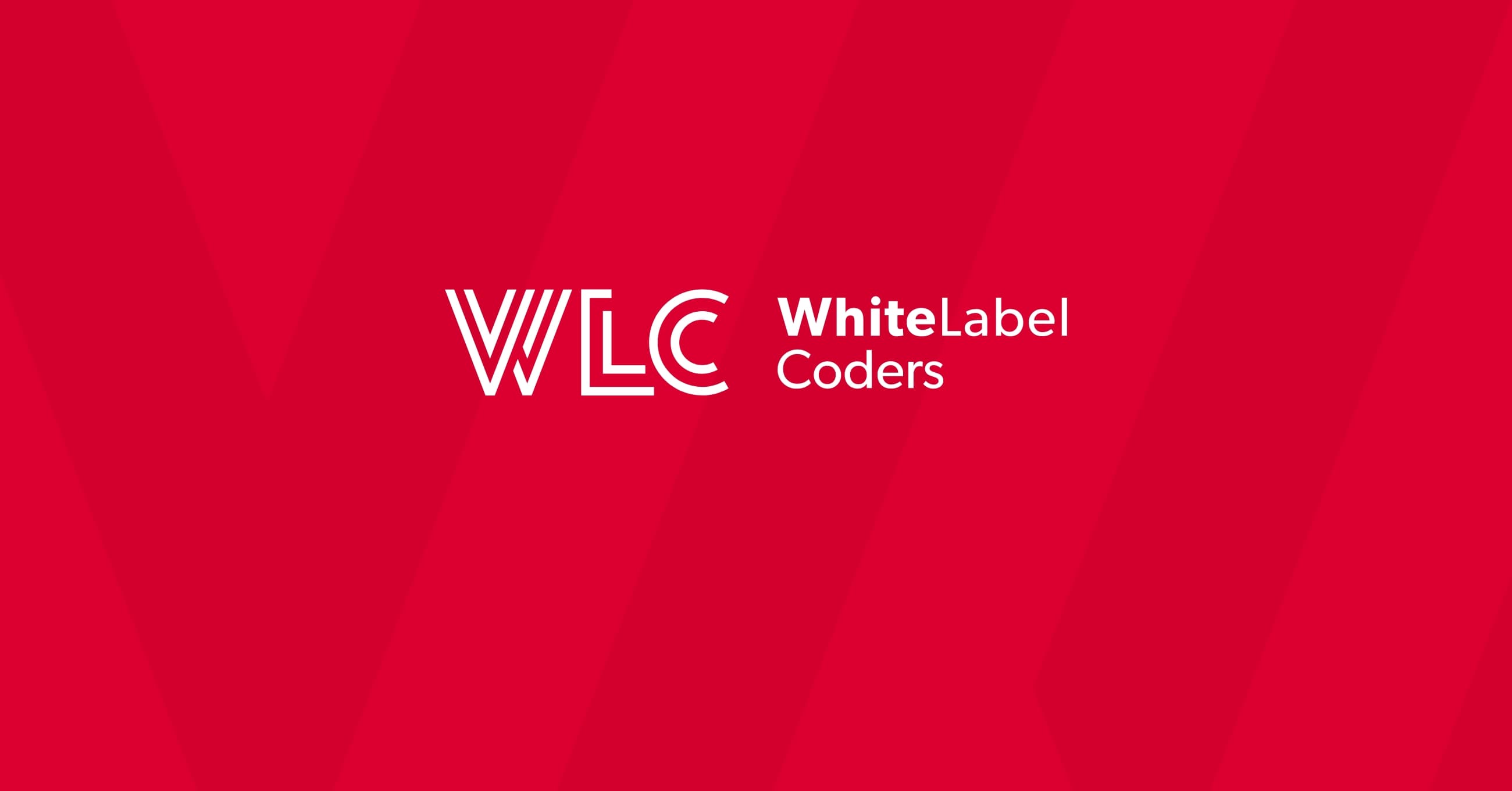Category: SEO AI
How do comparison websites make money from trading platforms?

Trading comparison websites earn money primarily through affiliate commissions from brokers and trading platforms. When visitors click through to a broker and complete qualifying actions like registering an account or making a deposit, the comparison site receives payment. These partnerships create a win-win situation where traders find suitable platforms whilst comparison sites generate revenue from successful referrals.
What are trading comparison websites and how do they work?
Trading comparison websites act as intermediaries between individual traders and financial brokers. They aggregate information about multiple trading platforms in one place, making it easier for traders to compare features, fees, spreads, and trading conditions without visiting dozens of broker websites individually.
These platforms function as trusted resources by providing detailed broker reviews, side-by-side comparison tools, and educational content about trading. They help visitors understand complex trading concepts, evaluate different platform features, and make informed decisions about where to open accounts.
The core value proposition is simple: they save traders time and effort whilst helping them avoid unsuitable platforms. Instead of researching each broker independently, traders can review comprehensive information, read user feedback, and compare key metrics like minimum deposits, available instruments, and regulatory status all in one location.
Most comparison sites organize brokers by categories such as forex brokers, CFD platforms, or cryptocurrency exchanges. They typically include filtering tools that let visitors narrow options based on specific criteria like regulation, payment methods, or platform type. This positioning as an independent guide builds trust and establishes these sites as go-to resources in the financial services ecosystem.
How do comparison websites actually make money from trading platforms?
Comparison websites generate revenue through affiliate marketing partnerships with brokers and trading platforms. When a visitor clicks through to a broker and completes a qualifying action, the comparison site earns a commission. These arrangements are formalized through affiliate programs that define payment terms, tracking methods, and commission structures.
The primary revenue models include CPA (Cost Per Acquisition), where the affiliate receives a one-time payment when a referred trader completes a specific action. This might be account registration, identity verification, or making an initial deposit. The payment amount varies widely depending on the broker, geographical market, and qualification criteria.
Revenue share represents another common model where affiliates earn an ongoing percentage of the trading activity generated by their referrals. This typically means receiving a portion of the spreads or commissions that the broker earns from the trader’s activity. The percentage can range considerably based on volume and partnership terms.
Hybrid models combine both approaches, offering an initial CPA payment plus ongoing revenue share. This structure provides immediate income whilst building long-term recurring revenue from active traders.
Tracking mechanisms ensure proper attribution through unique affiliate links containing tracking codes. When someone clicks these links, cookies or other tracking technologies record the referral source. If that visitor later registers and qualifies, the system attributes the conversion to the correct affiliate. Most broker affiliate programs provide dashboards where partners can monitor clicks, conversions, and earnings in real-time.
What’s the difference between CPA and revenue share in trading affiliate programs?
CPA (Cost Per Acquisition) pays affiliates a one-time commission when a referred trader completes a qualifying action. Revenue share provides ongoing payments based on the trading activity of referred clients. Each model has distinct advantages depending on your business approach and traffic quality.
With CPA, you receive immediate payment once the trader meets qualification requirements. This might be anywhere from account registration to making a first deposit or completing a certain trading volume. The benefit is predictable, upfront income that doesn’t depend on whether the trader remains active. However, you miss out on potential long-term earnings if the trader becomes highly active.
Revenue share means earning a percentage of the broker’s revenue from your referred traders for as long as they remain active. If you refer someone who trades frequently over months or years, you continue earning commissions throughout that period. The downside is that income takes longer to materialize and depends entirely on trader activity levels.
Payment ranges vary significantly by market and broker. CPA payments might range from modest amounts for simple registrations to substantial sums for qualified, depositing traders in premium markets. Revenue share percentages typically fall within defined ranges but can increase with higher volumes.
CPA works well for affiliates focused on high-volume traffic generation who want immediate returns. Revenue share suits those building engaged audiences likely to become active, long-term traders. The risk profile differs too: CPA offers certainty but limited upside, whilst revenue share carries more uncertainty but greater potential for passive income.
Many successful trading affiliates use hybrid approaches, negotiating deals that provide both immediate CPA payments and ongoing revenue share. This balances short-term cash flow needs with long-term revenue building.
Why do trading platforms pay comparison websites for referrals?
Trading platforms invest heavily in affiliate partnerships because they provide access to pre-qualified, interested traders at a lower cost than traditional advertising. Comparison sites attract visitors actively researching brokers, meaning they’re already in the decision-making phase rather than just browsing casually.
The customer acquisition cost through affiliate marketing often proves more favorable than paid advertising channels. Brokers only pay when specific actions occur, making it a performance-based marketing channel with measurable returns. Unlike banner ads or search campaigns where you pay for impressions or clicks regardless of outcome, affiliate commissions are tied directly to valuable actions.
Third-party validation adds significant credibility that brokers can’t achieve through their own marketing. When an independent comparison site reviews and recommends a platform, it carries more weight than the broker’s self-promotion. Traders trust these external evaluations more than marketing claims, making referrals from comparison sites particularly valuable.
The trading industry is intensely competitive, with hundreds of brokers competing for the same audience. Affiliate partnerships provide scalable growth without the overhead of building and managing large marketing teams. Brokers can work with numerous affiliates simultaneously, each bringing their own traffic sources and audiences.
For many brokers, affiliate marketing represents a core channel rather than a supplementary tactic. The performance-based nature means they can scale spending up or down based on results, making it a flexible component of their overall acquisition strategy. This explains why broker affiliate programs often offer competitive commissions and dedicated support to their top-performing partners.
What technical infrastructure do trading affiliates need to maximize revenue?
Successful trading comparison sites require robust technical infrastructure that handles real-time data, tracks conversions accurately, and delivers fast performance. The technical foundation directly impacts both user experience and conversion rates, making it a critical factor in affiliate revenue generation.
API integrations with broker data sources enable automatic updates of spreads, fees, trading conditions, and promotional offers. Without these integrations, maintaining accurate information becomes a manual burden prone to errors and delays. Real-time data feeds ensure visitors see current information, building trust and reducing bounce rates from outdated content.
Tracking pixel implementation must be flawless to ensure proper conversion attribution. This means correctly placing broker tracking codes, managing cookie consent requirements, and monitoring that affiliate links function properly across all pages. Lost tracking means lost commissions, making this infrastructure element financially critical.
Core Web Vitals optimization significantly impacts conversion rates in the trading affiliate space. Slow-loading comparison tables or laggy interactive tools frustrate visitors and increase abandonment. Fast page loads, smooth interactions, and mobile responsiveness keep visitors engaged through the decision process.
A scalable content management system allows teams to update broker information, publish reviews, and create comparison pages without developer involvement for every change. Custom Gutenberg blocks designed specifically for broker rankings, fee tables, and comparison tools enable content teams to work efficiently whilst maintaining consistency.
Automated data updates through a centralized data management system ensure changes propagate across all relevant pages simultaneously. When a broker updates their minimum deposit or launches a promotion, that information should update everywhere it appears on your site without manual editing of dozens of pages.
Performance monitoring tools track not just traffic metrics but also technical performance indicators that affect both SEO rankings and user experience. Server-side rendering, caching strategies, and CDN implementation become essential as traffic scales.
Modern WordPress frameworks like Sage, Bedrock, and Radicle provide clean architecture that supports these requirements without accumulating technical debt. Combined with hosting optimized for high traffic and data-heavy applications, this infrastructure foundation enables trading affiliates to focus on content and partnerships rather than constantly firefighting technical issues.
How do comparison sites maintain credibility while earning commissions?
Maintaining credibility whilst earning affiliate commissions requires transparent disclosure practices and genuine editorial independence. Visitors understand that comparison sites need to generate revenue, but they expect honest recommendations rather than biased promotions of highest-paying brokers.
Clear disclosure statements explaining the affiliate relationship should appear prominently on relevant pages. Regulatory bodies like the FCA and ESMA have specific guidelines about financial promotions and affiliate disclosures. Compliance isn’t just about avoiding penalties; it builds trust by being upfront about how the site operates.
Editorial independence means ranking and reviewing brokers based on genuine evaluation criteria rather than commission rates. The most credible comparison sites develop transparent methodologies explaining how they assess platforms. They include both positive and negative aspects in reviews, acknowledging limitations alongside strengths.
Content quality standards separate trusted resources from promotional sites disguised as reviews. This means thorough research, accurate information, regular updates, and honest assessments. Visitors can usually spot when a review is genuinely helpful versus when it’s just affiliate link packaging.
Balancing monetization with user trust sometimes means recommending brokers with lower commissions if they genuinely suit the visitor’s needs better. This long-term thinking builds audience loyalty and repeat visits, ultimately generating more revenue than short-term commission maximization. Understanding how to work with development partners can help maintain technical standards while scaling your comparison platform.
Authentic user feedback integration, whether through comment sections or aggregated reviews, adds credibility by showing real trader experiences. Allowing negative feedback demonstrates confidence in your recommendations and editorial integrity.
The most sustainable trading comparison sites view themselves as serving traders whilst earning commissions, rather than serving brokers whilst attracting traders. This perspective shift influences content decisions, design choices, and partnership selection. Sites that maintain this balance build authority, earn organic search visibility, and create loyal audiences that return when making trading decisions. That reputation becomes the foundation for long-term, sustainable affiliate revenue rather than chasing short-term commission spikes.

